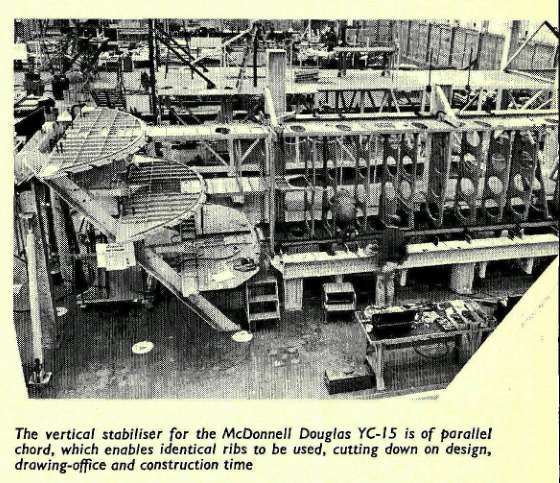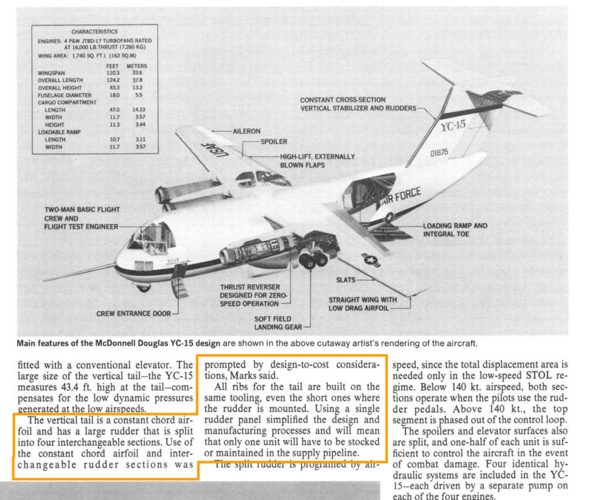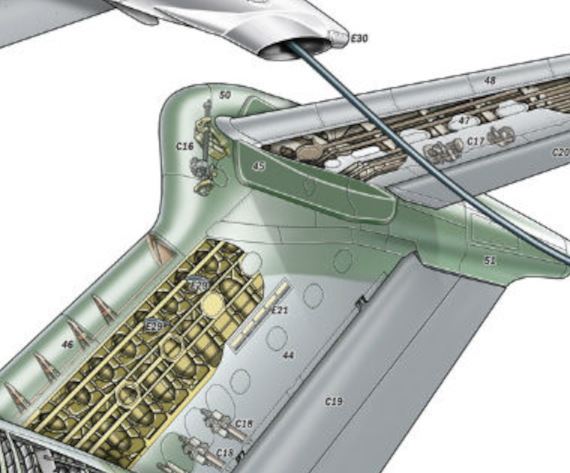- Joined
- 1 April 2006
- Messages
- 10,729
- Reaction score
- 6,752
There was a nice Bill Sweetman's article titled "How 747 got its hump".
Now another question haunting me - Shape that became a trademark of AMST and C-X/C-17 - a migration from carrot/bullet to that pronounced endplate fairing copied more or less by Airbus/Ilyushin/XAC - do anyone knows the story behind? I assume NASA Langley or Ames were involved heavily. Bill Norton I think would say something (if he was here).
Now another question haunting me - Shape that became a trademark of AMST and C-X/C-17 - a migration from carrot/bullet to that pronounced endplate fairing copied more or less by Airbus/Ilyushin/XAC - do anyone knows the story behind? I assume NASA Langley or Ames were involved heavily. Bill Norton I think would say something (if he was here).



